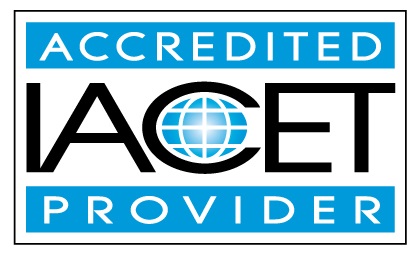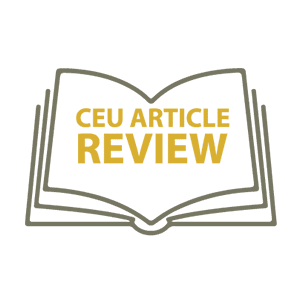Description
Augmentative and Alternative Communication (AAC) is a critical tool for patients with complex conditions, to meet daily communication needs. Similarly, power mobility gives the keys to patients with motor deficits to move independently. For patients needing both technologies, we must be thoughtful in choosing and setting up communication and mobility systems. While power wheelchair drive controls can be utilized for speech generating device (SGD) access, there are many considerations to smoothly integrate these systems. A multidisciplinary team is important to assess positioning, access, language and communication needs, and to successfully implement an integrated system into daily routines.
Learning Outcomes:
Identify at least 2 members of the multi-disciplinary evaluation team and describe their roles when assessing for integration of AAC and power wheelchair integration.
Describe at least 2 seating/positioning and mobility considerations which impact AAC device mounting and access.
List at least 2 pros and 2 cons to the integration power wheelchair drive controls for successful speech generating device (SGD) access.
Katherine is an occupational therapist and ATP, and Emily is a speech language pathologist at the Perlman Center, part of the comprehensive Cerebral Palsy Program at Cincinnati Children’s Hospital. The Perlman Center is a specialty center designed to address the complex therapy, developmental, assistive technology and care coordination needs of children, youth, and adults with cerebral palsy and other complex conditions. Katherine and Emily work on a multi-disciplinary team, and regularly complete assistive technology evaluations and trials for clients with significant positioning, mobility, and communication needs.


